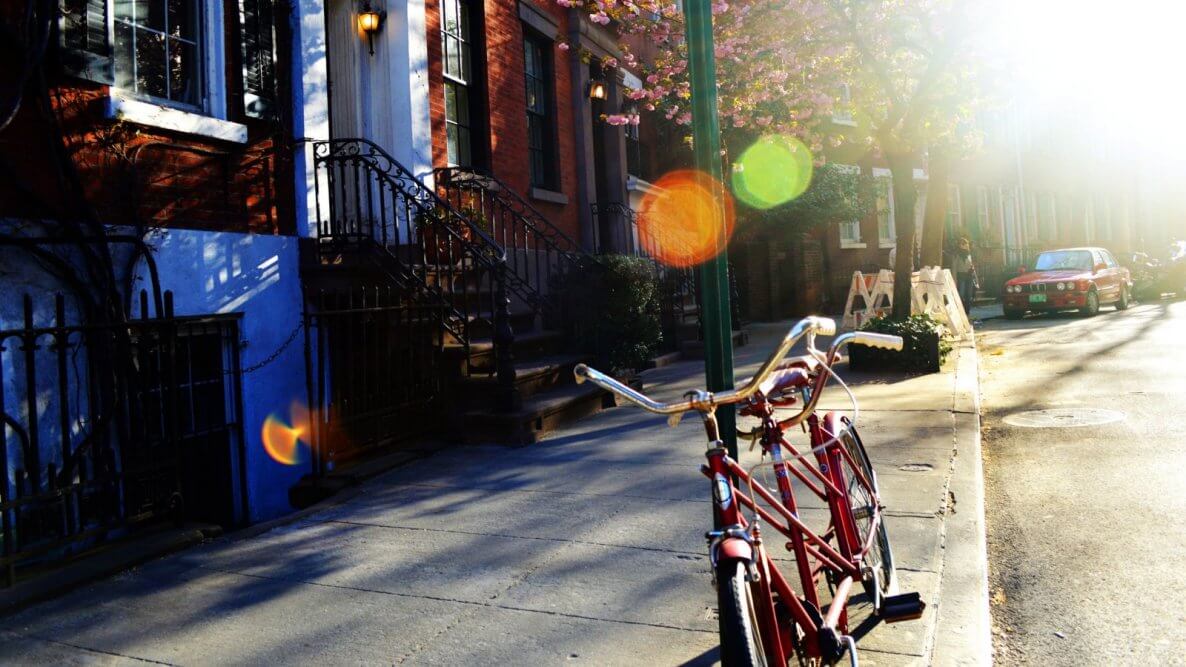In its “Travel & Tourism Competitiveness Report” the World Economic Forum states that “aside from business and personal reasons, cultural and natural heritage arguably constitute the main reasons to visit a country.”

This sounds pretty obvious and is also confirmed by various surveys among travelers. 63% of US travelers, for instance, are willing to “experience a new culture”. It comes at no surprise then, that most of them favor destinations such as Rome or Florence, immediately after the classic Caribbean cruises. But that sounds mainstream to me! What’s Cultural (or Educational) Travel then?
It certainly has nothing to do with visiting museums and taking pictures and is the exact opposite of our behated mass tourism. In fact, cultural travelers should really immerse themselves in the culture of the place they visit, trying to deeply understand it, with a humble, spontaneous, and receptive approach. This way of traveling can be traced in the unplanned journeys through urban spaces (drifts) conceived by Guy Debord as a form of “behavioral disorientation” in the mid-1950s and is often described as Experiential Travel or Immersion Travel.
It is also clearly evoked in the working definition of Creative Tourism given by UNESCO, according to which “the visitor has an educational, emotional, social, and participative interaction with the place, its living culture, and the people who live there.” To put it in simple terms: “less museums, more squares“.
Take the Colosseum in Rome. It’s stunning. Even Mr. Obama, during a private tour, commented: “This is bigger than some current baseball stadiums”, as a sign of appreciation, I guess. No, it’s a really great place to visit privately, but if you have to wait 2 hours to get in, and you’re surrounded all the time by silly people screaming, it will become unattractive. So what? Just avoid it and see it in VR.
Want to connect to Rome and its history, people, and culture? Wake up early and start walking, talk to strangers, visit local markets, just sit down in Piazza Navona for at least one hour, doing nothing special. Have a taste for museums? Pick one or two ramdomly along the way, those that inspire you the most and that seem less crowded. Let the city guide you. I can assure you that this plan will be far more rewarding than visiting the Colosseum and doing all the tourist things.
In my case, since I was a kid, I’ve been fascinated by archaeology and Egypt in particular, but I haven’t gone there yet and probably will never do because I’m sure I would be disappointed and I don’t want to spoil the image I have of those places. I want it to remain untouched. To quote Daniel Kalder, the Pyramids of Egypt “are as banal and familiar as the face of a Cornflakes packet.” That’s it.
One final note: being primarily driven by passion, instinct, and a true desire for knowledge, Cultural Travel can take place anywhere, but we still tried to identify the most interesting cultural destinations and, in this regard, Europe remains on top of the list. The annoying hordes of tourists won’t ever change that.
Related Content: Empathy and Time Travel in Hungary, Augmenting the Real World with Detour, Thomas Cook and the Impolite Visiting, Creative Tourism, Periphany: An Ode to Peripheral Tourism, Berlin Trails, Visual Rambling in the Republic of Catalonia, Activism & Street Art in Barcelona, (re)Wandering.
Top Travel Destinations: Spain, Japan, Portugal, France, Czech Republic



